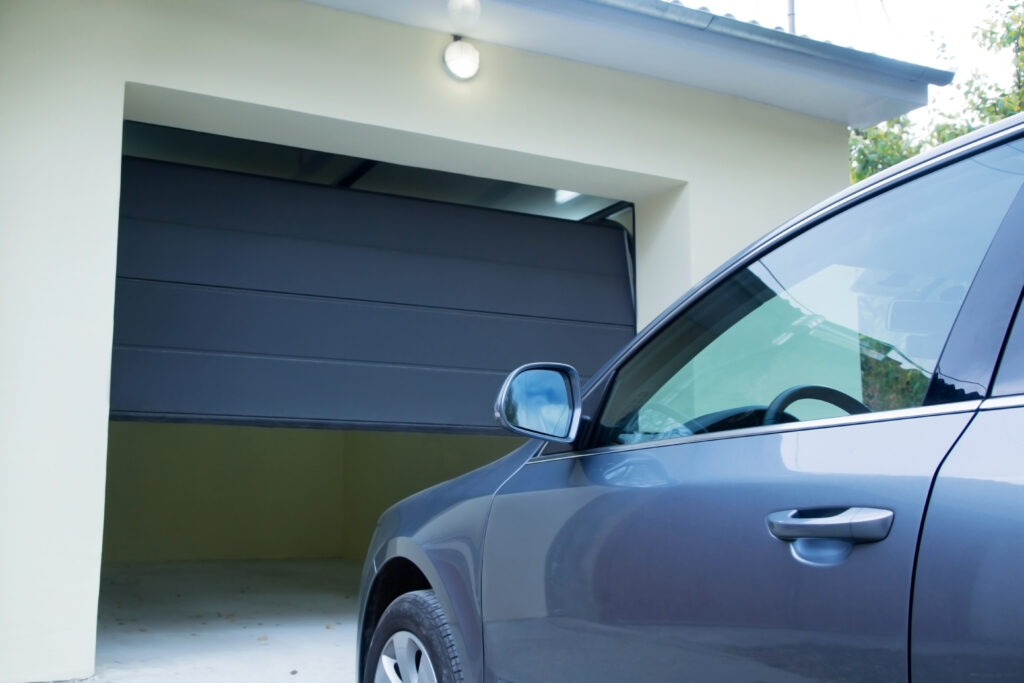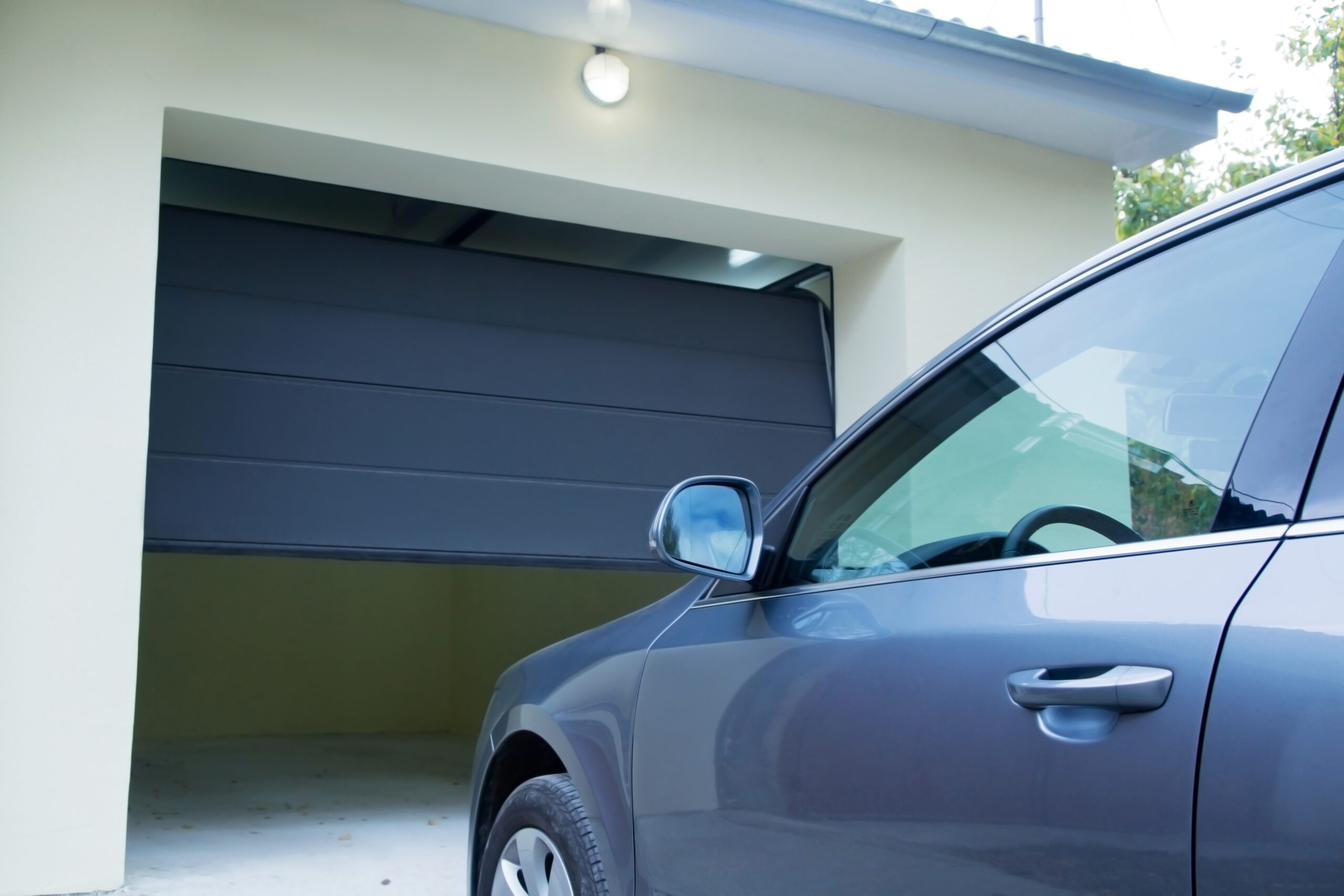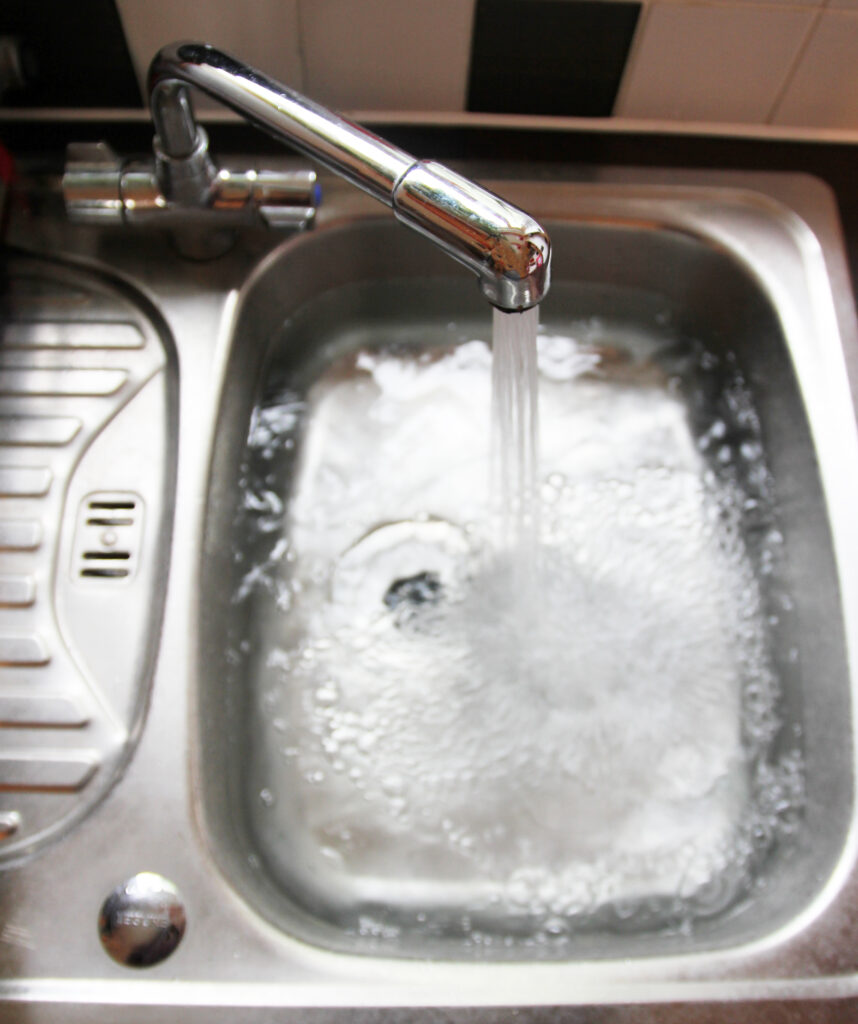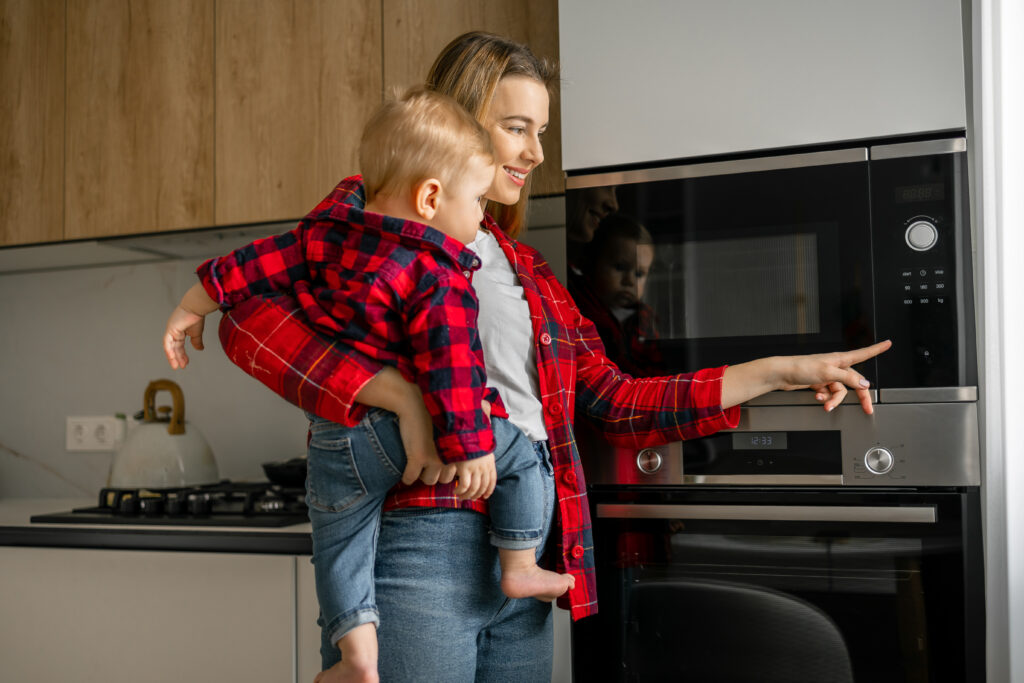How to Change a Garage Door Code and Why It Matters for Homeowners
There’s something oddly satisfying about updating your garage door code. A small twist of control in an otherwise unpredictable homeownership experience. Whether you’ve just moved in, had a roommate change, or you’re just being proactive—changing your garage door code is a smart move. But this isn’t just about pressing buttons on a keypad. It’s about securing one of the most frequently-used, yet often overlooked, entry points to your home. And believe it or not, this quick home maintenance step actually ties into broader questions about appliance care, home warranties, and your general sense of safety. Let’s dig in.
Understanding Your Garage Door System
Okay, so quick basics—your garage door system is made up of a few key parts you should know before we even touch the keypad. There’s the door itself (clearly), the tracks, the opener motor, the remote controls, wall keypads, and, yes, the all-important sensors that stop it from crushing a bike left in the line of fire. Most modern systems use either rolling code technology or fixed code tech. Rolling code systems generate a new code each time the garage opens using preset algorithms, making them harder to hack. Older systems? Not so secure. If you’ve got one of those, it’s not just about changing the code—you may want to think about upgrading the entire opener. Still with me? Good.
Why You Might Need to Change Your Garage Door Code
Changing the code is more than just a once-and-done thing—it’s a part of ongoing home security hygiene. If you’ve recently moved in, the previous owner could still have access. If a neighbor or friend once had your code and you’re no longer on speaking terms (awkward, but hey, it happens), it’s time to update. Lost remotes, break-ins (or close calls), or even a sudden realization that you’ve never changed it since installing the system—those are all flashing neon signs that say, “Yeah, maybe do this today.”
How to Change the Garage Door Code: Step-by-Step
Here’s the meat of it. And look, I’ll be honest—garage door systems aren’t standardized, so your steps may vary a bit. Still, here’s the general workflow. Go to your garage door opener unit—usually attached to the ceiling inside the garage. Look for a “learn” or “smart” button on the motor housing. Press and hold that for about 6 seconds until the LED light turns off or blinks, depending on model. That erases the existing codes. Then, quickly press the learn button again and enter your new code on the wall keypad. Some models will blink, beep, or magically hum to indicate success. Got it? Press open to confirm. Pour yourself a coffee, you’ve earned it.
Common Garage Door Code Mistakes to Avoid
Okay, now—it wouldn’t be a good how-to if we didn’t cover what could go wrong. For starters, don’t use something like 1234 or your house number. Just… don’t. Codes like that are embarrassingly easy to guess. Also, don’t forget to reprogram any handheld remotes, spare fobs, or vehicle-integrated controls—it’s easy to overlook those. And make sure you’re not just hitting buttons randomly; constant manual reprogramming can actually strain the microcontroller in some older models (seriously). Lastly, always double check that sensors and travel limits are functioning correctly after any code change. If the door behaves weirdly, stops midway, or beeps—don’t ignore it.
When It Might Be Time to Replace the Garage Door Opener Entirely
Home maintenance can feel never-ending, but knowing when to invest in an upgrade can save you stress later. If your system still uses DIP switches (little toggle switches inside the remote—hello, 1996), it’s time. That tech is not secure. If the motor’s noisy, struggles to lift the door, or doesn’t support integration with wireless apps or smart homes—again, worth the upgrade. Bonus: newer systems tend to be more energy efficient, quieter, and compatible with garage monitoring apps. Tie that into your overall home warranty strategy by ensuring your opener is covered. Otherwise, you’re looking at replacement costs of $150–$400 just for the mechanism, not including installation. Yikes.
How a Home Warranty Can Help With Garage Door Maintenance
This is the part where the seemingly small task of changing a code meets the bigger picture. Your garage door opener is a motorized appliance—just like your dishwasher, HVAC, or fridge. That means it can—and probably will—break at some point. And you don’t want that to happen when you’re already dealing with a backed-up sump pump or a broken water heater. That’s why a comprehensive home warranty makes sense. At Armadillo, for example, our coverage includes garage door openers, helping you avoid the stress and expense of unexpected breakdowns. And this kind of protection means that when something stops working (even after you’ve reprogrammed, rebooted, tried yelling at it once or twice), you’re not scrambling for a solution.
Why Armadillo is the Smart Move for Garage Doors and Beyond
If you’ve already taken the proactive step of changing your garage door code—applause, really—you’re showing the kind of homeownership mindset that keeps life smoother. So take it up another notch. Armadillo provides flexible, modern home warranty plans that fit your real-world lifestyle. We cover garage door openers, yes, but also major appliances, systems like plumbing and electrical, and even those smaller frustrations that derail your day. Everything’s designed with ease in mind—including our plan builder, which helps you find exactly the coverage you need in a few clicks. Head to our homepage to learn more or start your plan now. Because knowing your code is only part of the story—knowing you’re covered? That’s peace of mind, fully unlocked.


























